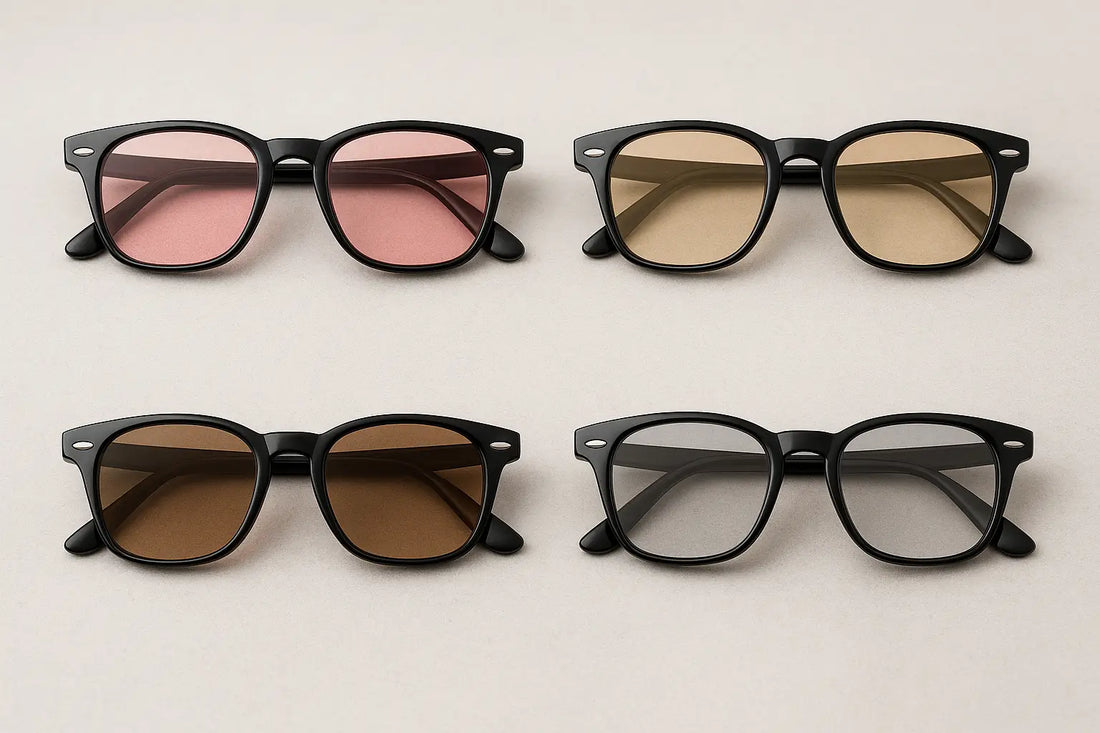
FL-41 Lenses: Not All Are Pink (and That’s a Good Thing)
Share
When people hear "FL-41 lenses," most picture that familiar rose-colored tint — the kind of glasses that make you look like you're ready to ride off into a desert sunset. But here’s the thing: FL-41 lenses are not always pink. And despite what your search results or social media feed might suggest, that’s not a flaw — it's a feature.
Let’s break it down.
What Are FL-41 Lenses?
FL-41 is a special tint originally developed in the 1980s to help reduce light sensitivity in people with migraines and certain neurological conditions. The lens blocks specific wavelengths of blue-green light (around 480–520 nm), which can be triggers for light sensitivity, migraines, and eye strain. They’re also often recommended for people with blepharospasm, photophobia, and even some forms of post-concussion syndrome.
So Why the Pink?
The pinkish hue comes from the dye used in the original FL-41 formulation. That tint is a visible byproduct of how the lens filters out blue-green light. But here's where things get interesting: not every manufacturer uses the exact same dye or coating process. As a result, FL-41 lenses can appear:
-
Rose-colored
-
Amber
-
Brownish
-
Light grey with a hint of red
All of these can still technically qualify as FL-41 — what matters is the wavelength of light being filtered, not how the lenses look to the naked eye.
Function Over Fashion
Some people are thrown off when they order a pair of FL-41 glasses and they don’t show up looking like a classic pink lens. Others may prefer a more neutral-looking tint that doesn’t draw as much attention. Both reactions are valid. The key is to make sure you're getting lenses that actually filter the intended spectrum of light, regardless of how pink (or not pink) they look.
If you’re unsure whether your lenses are legit FL-41, ask for the transmission spectrum from the manufacturer or vendor — reputable companies will provide it. That’s the true test.
Bottom Line
FL-41 lenses are defined by what they do, not how they look. Pink is common, but it’s not the rule. In fact, the evolution of lens tinting technology means you now have more options than ever — from deep rose to barely-there tints — without sacrificing the light-filtering benefits.
